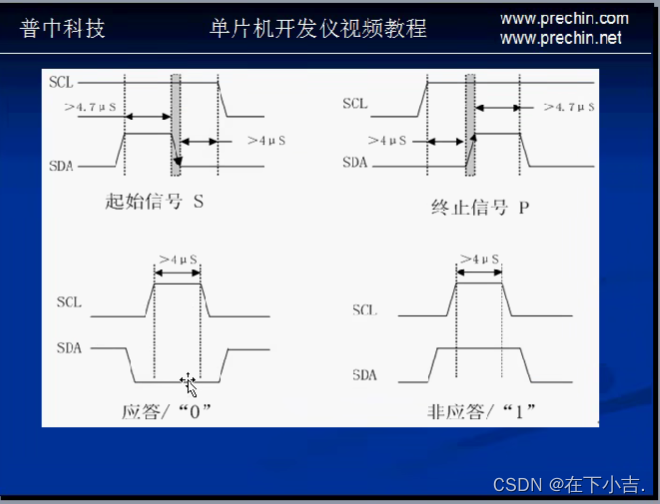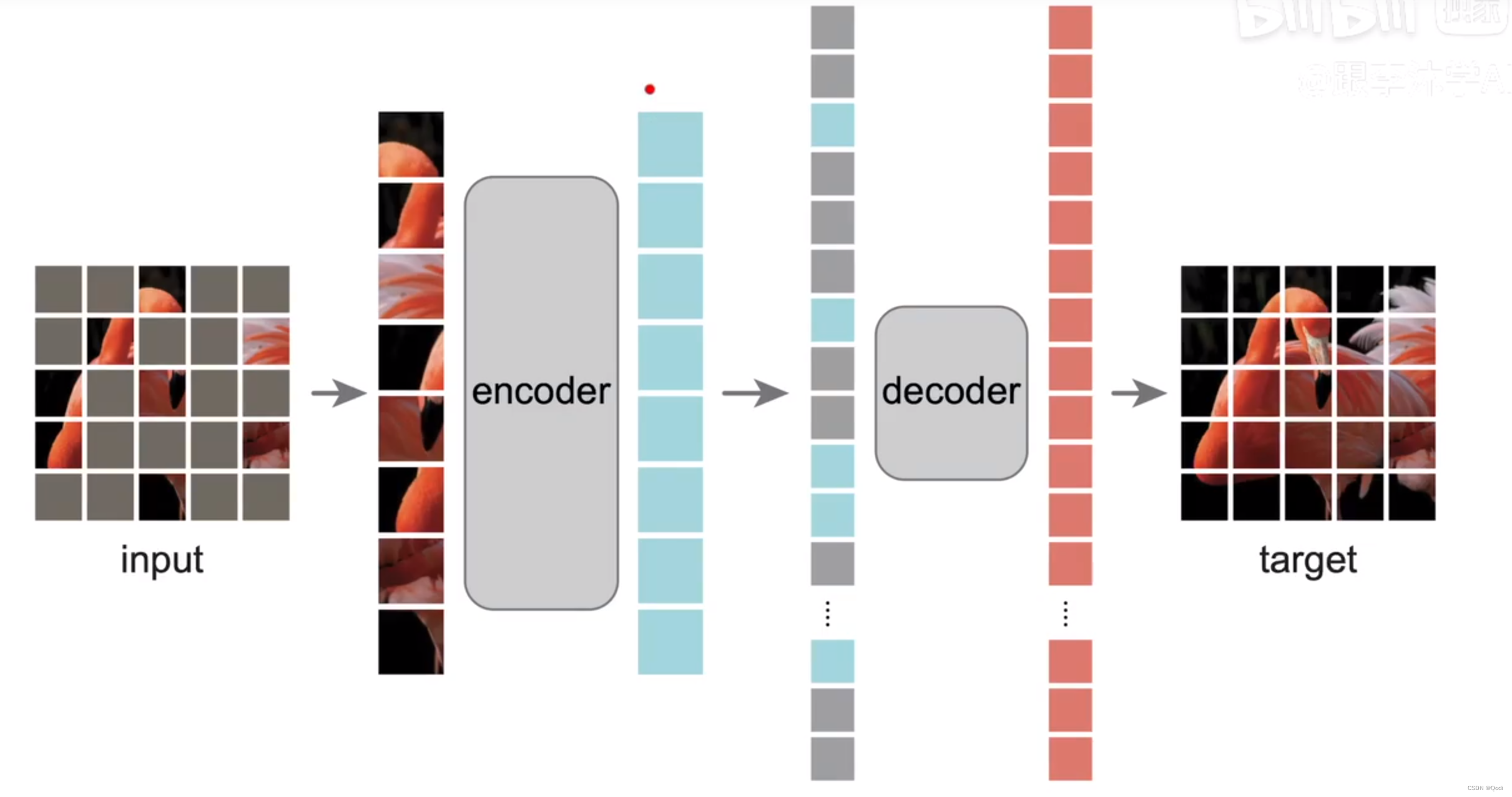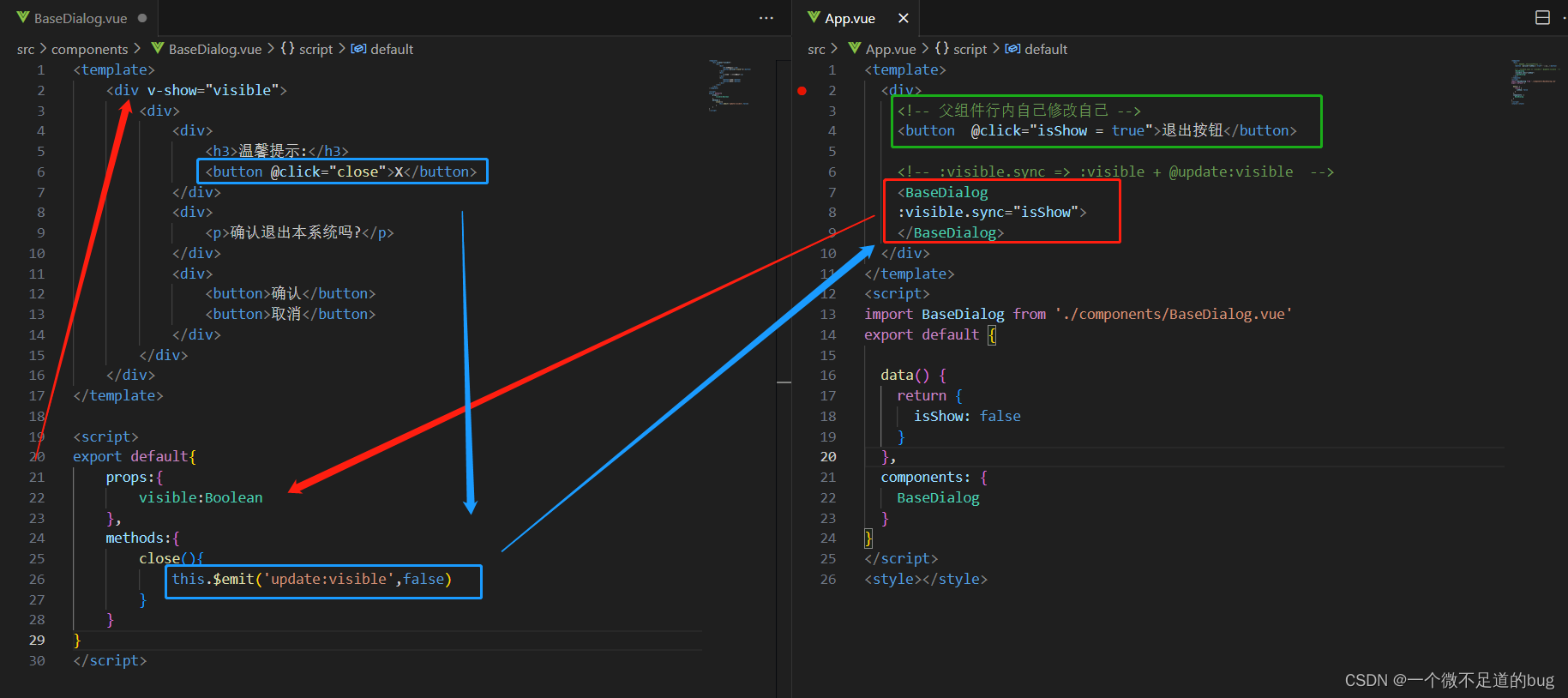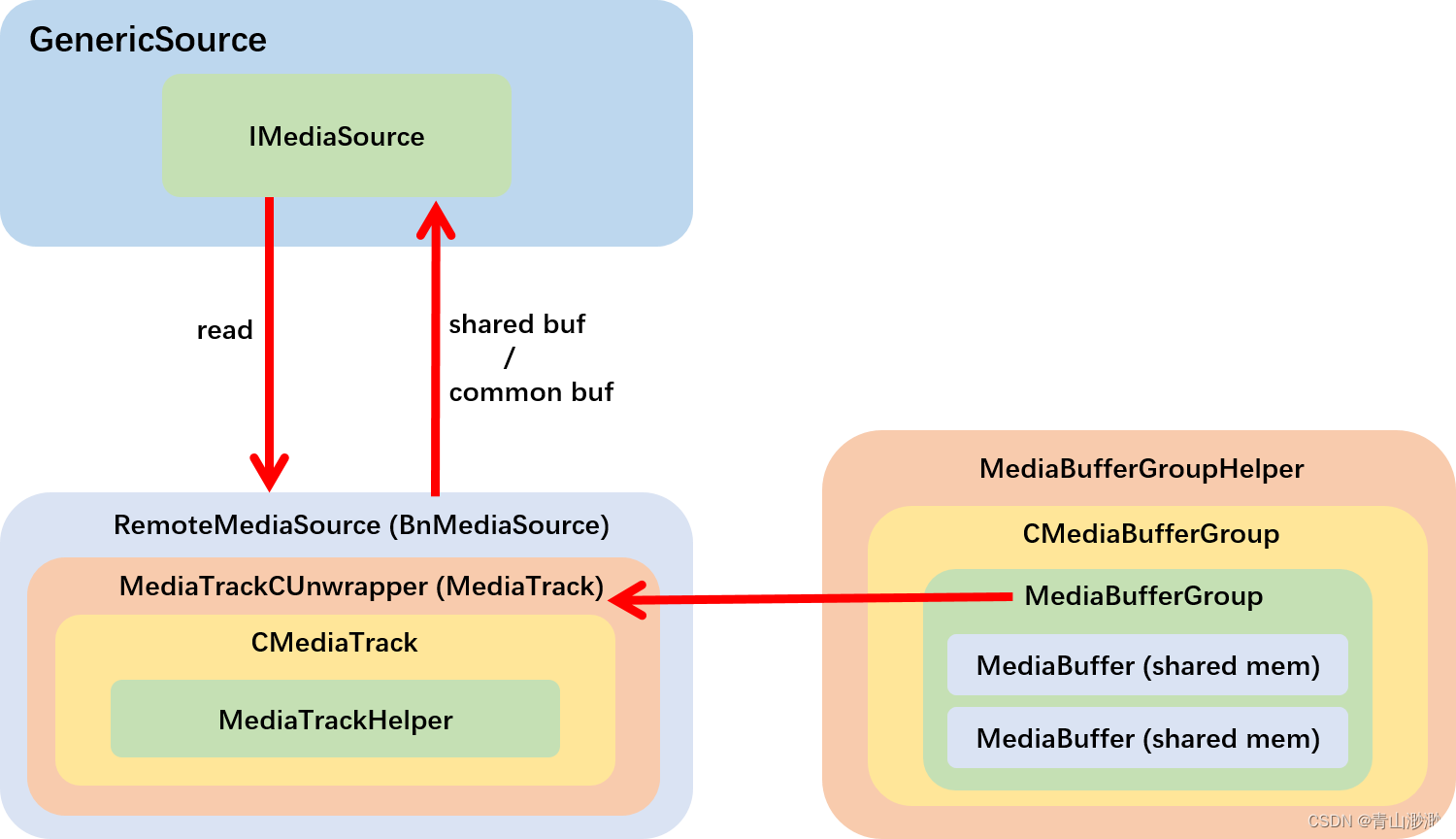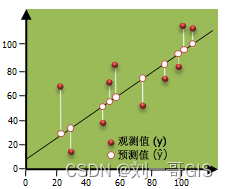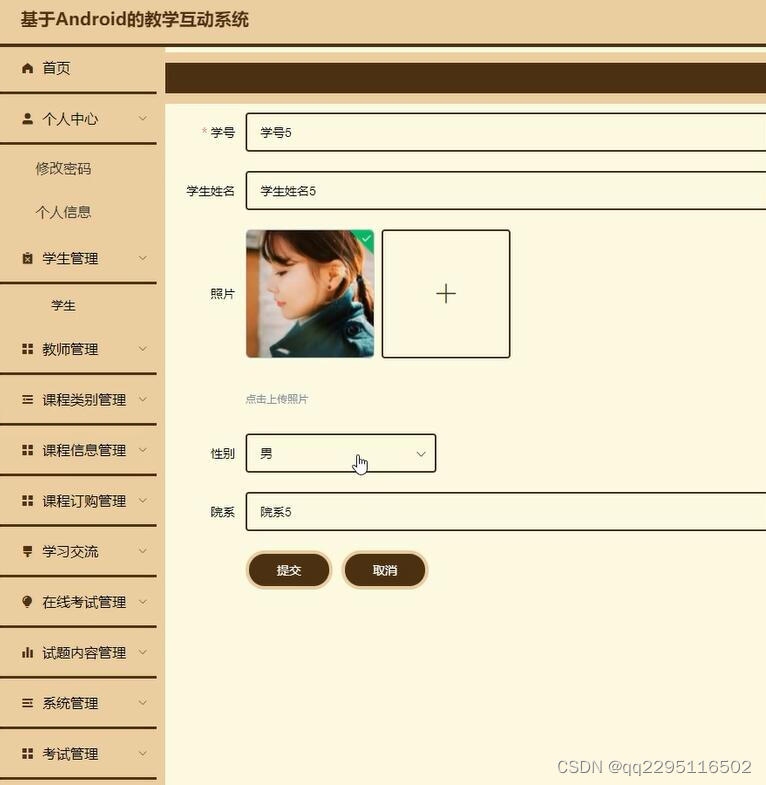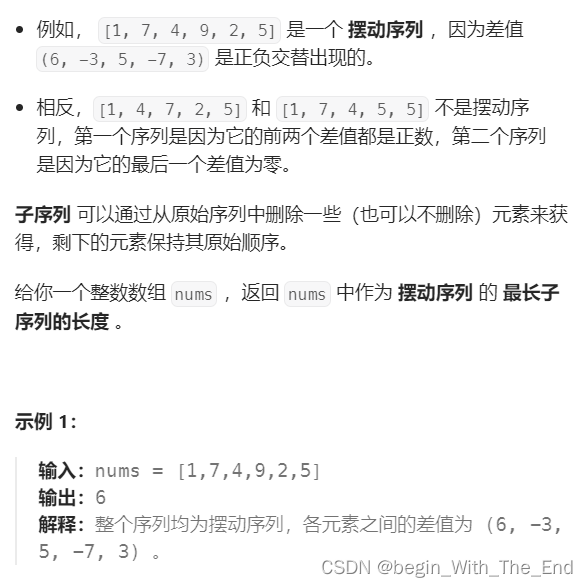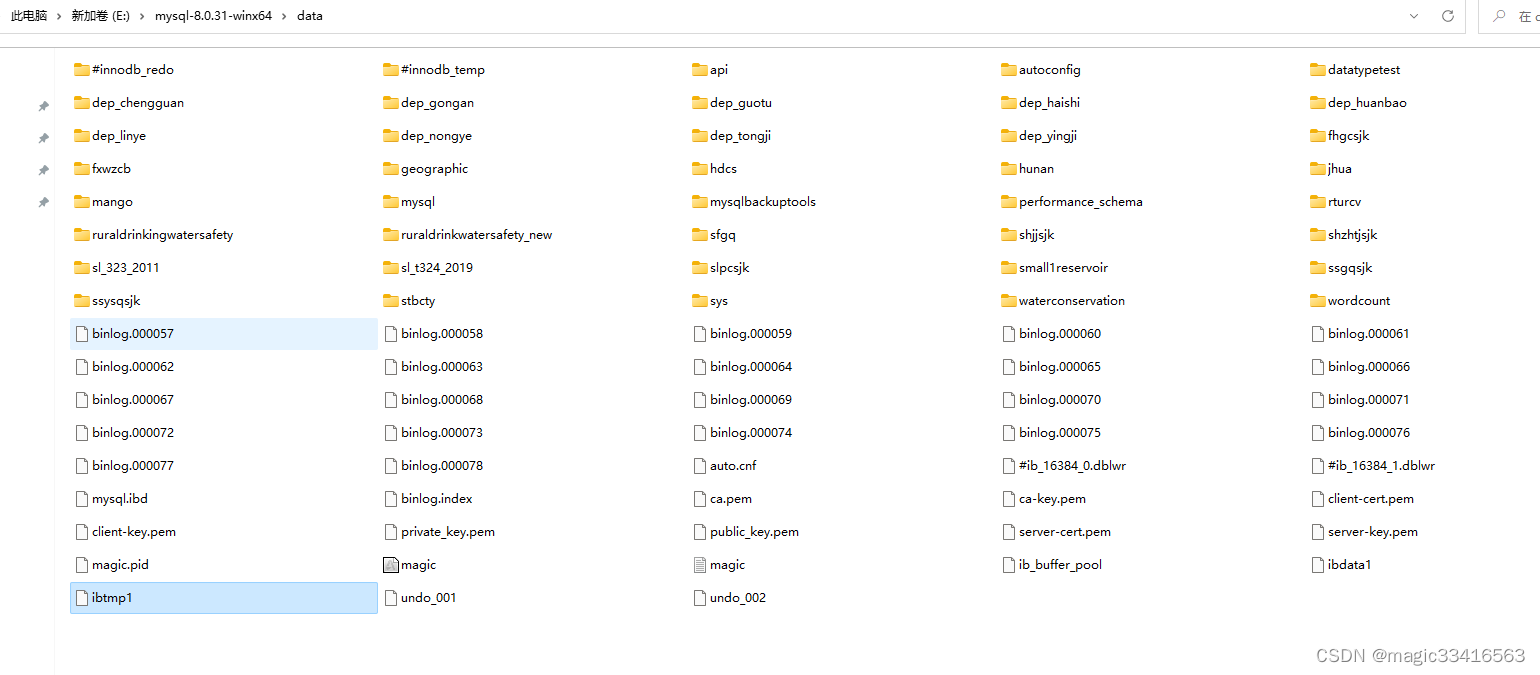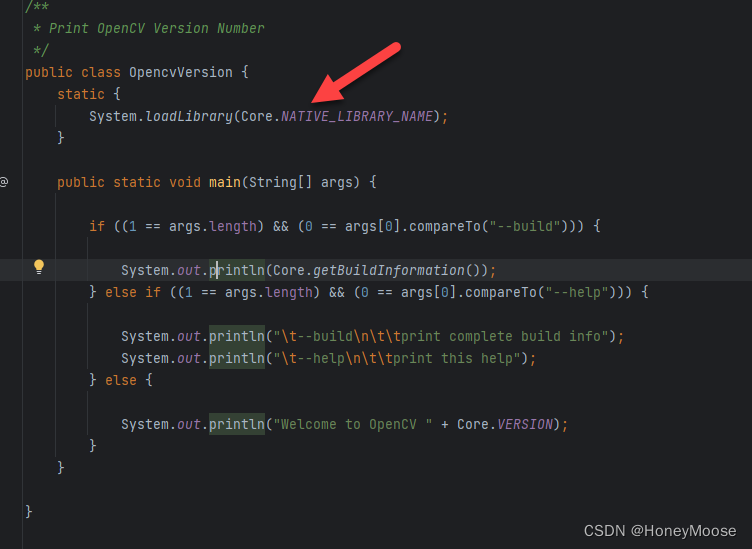目录
🎁I2C总线
编辑
🎁代码
🏳️🌈main.c
🏳️🌈i2.c
🎆代码分析
🎁I2C总线
I2C总线是Philips公司在八十年代初推出的一种串行、半双工的总线,主要用于近距离、低速的芯片之间的通信;I2C总线有两根双向的信号线,一根数据线SDA用于收发数据,一根时钟线SCL用于通信双方时钟的同步;I2C总线硬件结构简单,简化了PCB布线,降低了系统成本,提高了系统可靠性,因此在各个领域得到了广泛应用。

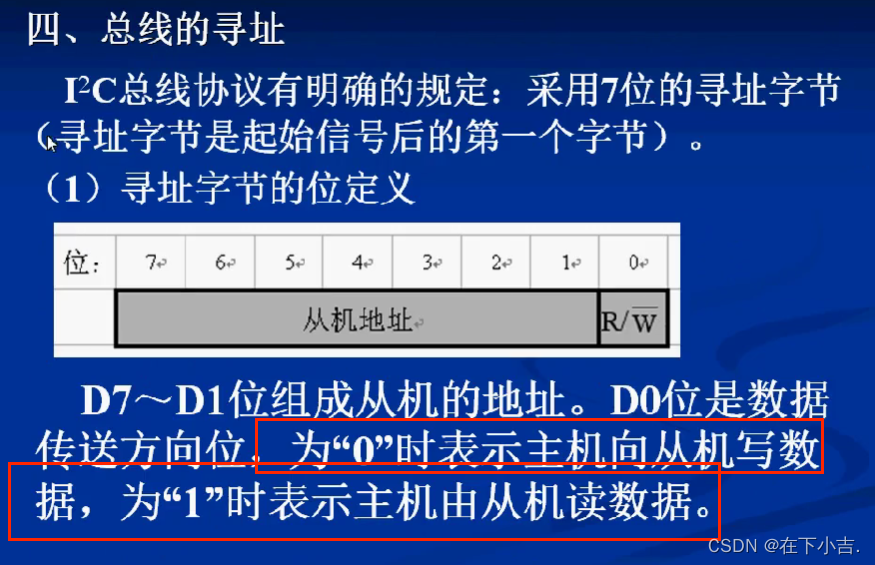
🎁代码
🏳️🌈main.c
/**************************************************************************************
* EEPROM-IIC实验 *
实现现象:下载程序后数码管后4位显示0,按K1保存显示的数据,按K2读取上次保存的数据,
按K3显示数据加一,按K4显示数据清零。最大能写入的数据是255.
注意事项:由于P3.2口跟红外线共用,所以做按键实验时为了不让红外线影响实验效果,最好把红外线先取下来。
***************************************************************************************/
#include "reg52.h" //此文件中定义了单片机的一些特殊功能寄存器
#include "i2c.h"
typedef unsigned int u16; //对数据类型进行声明定义
typedef unsigned char u8;
sbit LSA=P2^2;
sbit LSB=P2^3;
sbit LSC=P2^4;
sbit k1=P3^1;
sbit k2=P3^0;
sbit k3=P3^2;
sbit k4=P3^3; //定义按键端口
char num=0;
u8 disp[4];
u8 code smgduan[10]={0x3f,0x06,0x5b,0x4f,0x66,0x6d,0x7d,0x07,0x7f,0x6f};
/*******************************************************************************
* 函 数 名 : delay
* 函数功能 : 延时函数,i=1时,大约延时10us
*******************************************************************************/
void delay(u16 i)
{
while(i--);
}
/*******************************************************************************
* 函数名 :Keypros()
* 函数功能 :按键处理函数
* 输入 : 无
* 输出 : 无
*******************************************************************************/
void Keypros()
{
if(k1==0)
{
delay(1000); //消抖处理
if(k1==0)
{
At24c02Write(1,num); //在地址1内写入数据num
}
while(!k1);
}
if(k2==0)
{
delay(1000); //消抖处理
if(k2==0)
{
num=At24c02Read(1); //读取EEPROM地址1内的数据 保存 在num中
}
while(!k2);
}
if(k3==0)
{
delay(100); //消抖处理
if(k3==0)
{
num++; //数据 加1
if(num>255)num=0;
}
while(!k3);
}
if(k4==0)
{
delay(1000); //消抖处理
if(k4==0)
{
num=0; //数据 清零
}
while(!k4);
}
}
/*******************************************************************************
* 函数名 :datapros()
* 函数功能 :数据处理函数
* 输入 : 无
* 输出 : 无
*******************************************************************************/
void datapros()
{
disp[0]=smgduan[num/1000];//千位
disp[1]=smgduan[num%1000/100];//百位
disp[2]=smgduan[num%1000%100/10];//个位
disp[3]=smgduan[num%1000%100%10];
}
/*******************************************************************************
* 函数名 :DigDisplay()
* 函数功能 :数码管显示函数
* 输入 : 无
* 输出 : 无
*******************************************************************************/
void DigDisplay()
{
u8 i;
for(i=0;i<4;i++)
{
switch(i) //位选,选择点亮的数码管,
{
case(0):
LSA=0;LSB=0;LSC=0; break;//显示第0位
case(1):
LSA=1;LSB=0;LSC=0; break;//显示第1位
case(2):
LSA=0;LSB=1;LSC=0; break;//显示第2位
case(3):
LSA=1;LSB=1;LSC=0; break;//显示第3位
}
P0=disp[i];//发送数据
delay(100); //间隔一段时间扫描
P0=0x00;//消隐
}
}
/*******************************************************************************
* 函 数 名 : main
* 函数功能 : 主函数
* 输 入 : 无
* 输 出 : 无
*******************************************************************************/
void main()
{
while(1)
{
Keypros(); //按键处理函数
datapros(); //数据处理函数
DigDisplay();//数码管显示函数
}
}
🏳️🌈i2.c
#include"i2c.h"
/*******************************************************************************
* 函数名 : Delay10us()
* 函数功能 : 延时10us
* 输入 : 无
* 输出 : 无
*******************************************************************************/
void Delay10us()
{
unsigned char a,b;
for(b=1;b>0;b--)
for(a=2;a>0;a--);
}
/*******************************************************************************
* 函数名 : I2cStart()
* 函数功能 : 起始信号:在SCL时钟信号在高电平期间SDA信号产生一个下降沿
* 输入 : 无
* 输出 : 无
* 备注 : 起始之后SDA和SCL都为0
*******************************************************************************/
void I2cStart()
{
SDA=1;
Delay10us();
SCL=1;
Delay10us();//建立时间是SDA保持时间>4.7us
SDA=0;
Delay10us();//保持时间是>4us
SCL=0;
Delay10us();
}
/*******************************************************************************
* 函数名 : I2cStop()
* 函数功能 : 终止信号:在SCL时钟信号高电平期间SDA信号产生一个上升沿
* 输入 : 无
* 输出 : 无
* 备注 : 结束之后保持SDA和SCL都为1;表示总线空闲
*******************************************************************************/
void I2cStop()
{
SDA=0;
Delay10us();
SCL=1;
Delay10us();//建立时间大于4.7us
SDA=1;
Delay10us();
}
/*******************************************************************************
* 函数名 : I2cSendByte(unsigned char dat)
* 函数功能 : 通过I2C发送一个字节。在SCL时钟信号高电平期间,保持发送信号SDA保持稳定
* 输入 : num
* 输出 : 0或1。发送成功返回1,发送失败返回0
* 备注 : 发送完一个字节SCL=0,SDA=1
*******************************************************************************/
unsigned char I2cSendByte(unsigned char dat)
{
unsigned char a=0,b=0;//最大255,一个机器周期为1us,最大延时255us。
for(a=0;a<8;a++)//要发送8位,从最高位开始
{
SDA=dat>>7; //起始信号之后SCL=0,所以可以直接改变SDA信号
dat=dat<<1;
Delay10us();
SCL=1;
Delay10us();//建立时间>4.7us
SCL=0;
Delay10us();//时间大于4us
}
SDA=1;
Delay10us();
SCL=1;
while(SDA)//等待应答,也就是等待从设备把SDA拉低
{
b++;
if(b>200) //如果超过2000us没有应答发送失败,或者为非应答,表示接收结束
{
SCL=0;
Delay10us();
return 0;
}
}
SCL=0;
Delay10us();
return 1;
}
/*******************************************************************************
* 函数名 : I2cReadByte()
* 函数功能 : 使用I2c读取一个字节
* 输入 : 无
* 输出 : dat
* 备注 : 接收完一个字节SCL=0,SDA=1.
*******************************************************************************/
unsigned char I2cReadByte()
{
unsigned char a=0,dat=0;
SDA=1; //起始和发送一个字节之后SCL都是0
Delay10us();
for(a=0;a<8;a++)//接收8个字节
{
SCL=1;
Delay10us();
dat<<=1;
dat|=SDA;//由低位开始存
Delay10us();
SCL=0;
Delay10us();
}
return dat;
}
/*******************************************************************************
* 函数名 : void At24c02Write(unsigned char addr,unsigned char dat)
* 函数功能 : 往24c02的一个地址写入一个数据
* 输入 : 无
* 输出 : 无
*******************************************************************************/
void At24c02Write(unsigned char addr,unsigned char dat)
{
I2cStart();
I2cSendByte(0xa0);//发送写器件地址 0为写 1为读
I2cSendByte(addr);//发送要写入内存地址
I2cSendByte(dat); //发送数据
I2cStop();
}
/*******************************************************************************
* 函数名 : unsigned char At24c02Read(unsigned char addr)
* 函数功能 : 读取24c02的一个地址的一个数据
* 输入 : 无
* 输出 : 无
*******************************************************************************/
unsigned char At24c02Read(unsigned char addr)
{
unsigned char num;
I2cStart();
I2cSendByte(0xa0); //发送写器件地址
I2cSendByte(addr); //发送要读取的地址
I2cStart();
I2cSendByte(0xa1); //发送读器件地址
num=I2cReadByte(); //读取数据
I2cStop();
return num;
}
🎆代码分析
void At24c02Write(unsigned char addr,unsigned char dat)
{
I2cStart();
I2cSendByte(0xa0);//发送写器件地址 0为写 1为读
I2cSendByte(addr);//发送要写入内存地址
I2cSendByte(dat); //发送数据
I2cStop();
}
如下图所示,器件地址的高四位是固定的(是0x) 下面三位接了地,为0,
最后一位如果是0,那么为写,如果是1,那么为读

unsigned char At24c02Read(unsigned char addr)
{
unsigned char num;
I2cStart();
I2cSendByte(0xa0); //发送写器件地址
I2cSendByte(addr); //发送要读取的地址
I2cStart();
I2cSendByte(0xa1); //发送读器件地址
num=I2cReadByte(); //读取数据
I2cStop();
return num;
}
代码At24c02Read(1); 传入了1作为At24c02Read(unsigned char addr)的参数addr
addr进入 At24c02Read()函数后作为I2cSendByte(addr);//发送要写入内存地址
为什么addr是一个十进制的数,但是可以作为地址呢
AT24C02 EEPROM 芯片支持 8 位地址编址,其中低 5 位用于指示要读写的具体存储单元。因此,addr 参数可以设置为 1,对应的二进制数是 0000 0001

